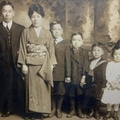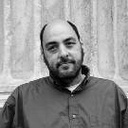
Greg Robinson
@GregGreg Robinson, a native New Yorker, is Professor of History at l'Université du Québec À Montréal, a French-language institution in Montreal, Canada. He is the author of the books By Order of the President: FDR and the Internment of Japanese Americans (Harvard University Press, 2001), A Tragedy of Democracy; Japanese Confinement in North America (Columbia University Press, 2009), After Camp: Portraits in Postwar Japanese Life and Politics (University of California Press, 2012), Pacific Citizens: Larry and Guyo Tajiri and Japanese American Journalism in the World War II Era (University of Illinois Press, 2012), and The Great Unknown: Japanese American Sketches (University Press of Colorado, 2016), as well as coeditor of the anthology Miné Okubo: Following Her Own Road (University of Washington Press, 2008). Robinson is also coeditor of the volume John Okada - The Life & Rediscovered Work of the Author of No-No Boy (University of Washington Press, 2018).
His historical column “The Great Unknown and the Unknown Great,” is a well-known feature of the Nichi Bei Weekly newspaper. Robinson’s latest book is an anthology of his Nichi Bei columns and stories published on Discover Nikkei, The Unsung Great: Portraits of Extraordinary Japanese Americans (University of Washington Press, 2020). It was recognized with an Association for Asian American Studies Book Award for Outstanding Achievement in History Honorable Mention in 2022. He can be reached at robinson.greg@uqam.ca.
Updated March 2022
Stories from This Author
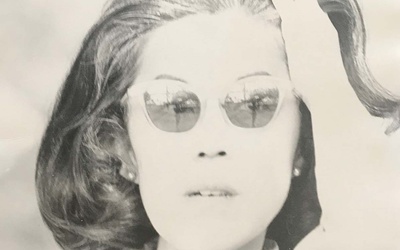
Aiko Herzig-Yoshinaga: The Godmother of the Redress Movement
Aug. 27, 2018 • Greg Robinson
Aiko Herzig-Yoshinaga was the scholar-activist who dedicated herself to researching the wartime removal and confinement of Japanese Americans, and who located the evidence of government injustice that helped lead to the passage of the Civil Liberties Act of 1988 and to the victories in the coram nobis cases in federal court by the wartime defendants in the “Japanese internment” cases. Aiko’s life can be considered a marvelous set of paradoxes. Though she spent her active years outside the West Coast, …
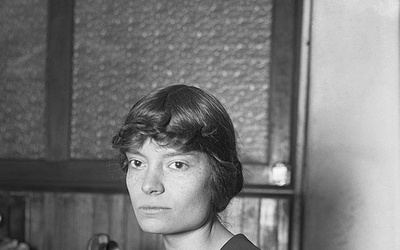
Japanese Americans and Catholicism
Aug. 14, 2018 • Greg Robinson , Matthieu Langlois
The recent release of Martin Scorsese’s film SILENCE, on the persecution of Catholic missionaries in early modern Japan, has increased popular interest in the long and eventful encounter between Japanese Americans and Catholicism, a subject that has tended to pass unnoticed in chronicles of Nikkei life. This absence of discussion is peculiar, since in most places around the world where Japanese emigrant communities became established in the 20th century—including Latin America, the Philippines, New Caledonia, and Quebec—Catholicism was the dominant …

First Impressions: Early Reviews of John Okada’s No-No Boy
June 7, 2018 • Greg Robinson
One intriguing window into the world of John Okada’s landmark 1957 novel No-No Boy is the study of how it was first received. An exploration of comments by reviewers of the initial edition reveals the prevailing climate of opinion regarding wartime Japanese American experience, and provides evidence as to how the work was understood at the time of its creation. These are not simply matters of historical documentation or literary criticism. Part of the legend surrounding No-No Boy is the …
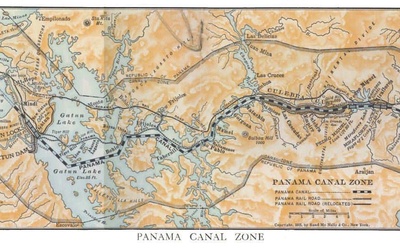
The Unknown History of Japanese Internment in Panama
April 26, 2018 • Greg Robinson , Maxime Minne
The historical narrative surrounding the wartime confinement of ethnic Japanese in the United States grows ever more complex. In the last years, historians and activists working with community organizations (in some cases with government funding) have made significant discoveries. The Honouliuli Internment camp in the then-Territory of Hawaii, whose site remained long hidden from view, was located and explored, and was ultimately named a National Monument. The Tuna Canyon Detention Station near Los Angeles, where Issei men arrested by the …

K.K. Kawakami, Cosmopolitan Issei Writer
Feb. 22, 2018 • Greg Robinson , Chris Suh
One intriguing aspect of Japanese immigrant experience before World War II was the diverse intellectual life of community members. Although most early Issei were farmers or laborers, a significant group of writers and thinkers emerged among them. These people found work as Buddhist priests, school teachers, or newspaper editors within Japanese communities. As Eiichiro Azuma shows, they wrote primarily in Japanese, identified with the old country, and were heavily invested in building a “shin nippon,” a new Japan in the …
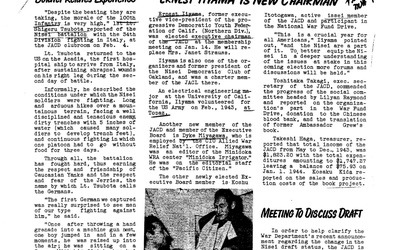
The Unsung History of the Japanese American Committee for Democracy
Jan. 11, 2018 • Greg Robinson
The Japanese American Committee for Democracy (JACD), a New York-based social and political group of the 1940s, has been effectively ignored in the history of Japanese Americans. The JACD held rallies to support the American war effort in World War II, helped Japanese Americans in New York to find jobs and housing, and provided a forum for like-minded Issei and Nisei to meet up and socialize. Their monthly publication, the JACD Newsletter, offers historians a vital resource on what was …

Toru Matsumoto: The New York Years
Dec. 13, 2017 • Greg Robinson
My recent Discover Nikkei article on Tsuyoshi Matsumoto has prompted interest from readers in other members of the Matsumoto family, such as Tsuyoshi’s sister Takako Shibusawa, a leader in social welfare work in postwar Japan, and most especially Tsuyoshi’s younger brother Toru. Toru Matsumoto (1913-1979) was actually the more-renowned brother during his lifetime: in the United States during the 1940s he was known as the author of multiple books, including the notable 1946 memoir A Brother is a Stranger. Following …
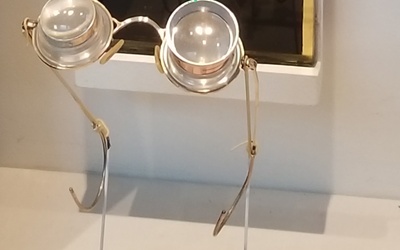
The Eyes Have It: Nisei Contact Lens Pioneer Dr. Newton Wesley
Nov. 21, 2017 • Greg Robinson
One fun area of work in history is discovering the connections between everyday products and their unheralded inventors. There is the street light, developed by African-American inventor and engineer Lewis H. Latimer. Or take the Bing cherry, developed by Ah Bing, a Chinese immigrant horticulturist in Oregon. Or there is the case of Frank Zamboni, the son of Italian immigrants in Idaho who developed the ice-resurfacing machine that bears his name. One particularly intriguing figure in this respect is Dr. …

Tsuyoshi Matsumoto—A Different Wartime Story
Oct. 12, 2017 • Greg Robinson
The Japanese raid on Pearl Harbor in December 1941 had immediate repercussions for Japanese Americans living throughout the nation—not least the Issei and Nisei civilians in Hawaii living near the naval base who were wounded by falling bombs. Amid the nationwide confusion and anger that resulted from the attack, people with Japanese faces were targeted for hostility, harassment, and insults, as well as official discrimination. Particularly targeted were the Issei. Barred by law from naturalization, however long they had resided …
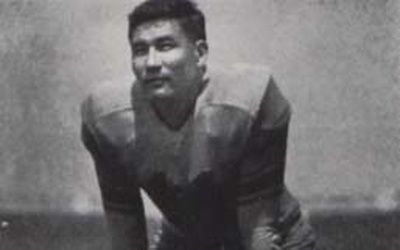
Be a Good Sport About it: Early Nikkei Athletes in Louisiana
Sept. 5, 2017 • Greg Robinson
Over the past several years, I have been engaged in large-scale research on the remarkable and largely-unknown history of ethnic Japanese in Louisiana, especially in the cosmopolitan city of New Orleans. (Readers of Discover Nikkei should check out the groundbreaking series on the subject by Anna Kazumi Stahl and Midori Yenari). One particularly noteworthy aspect of the story of Nikkei in Louisiana in the first half of the 20th century is the record of their participation in sports, especially at …



